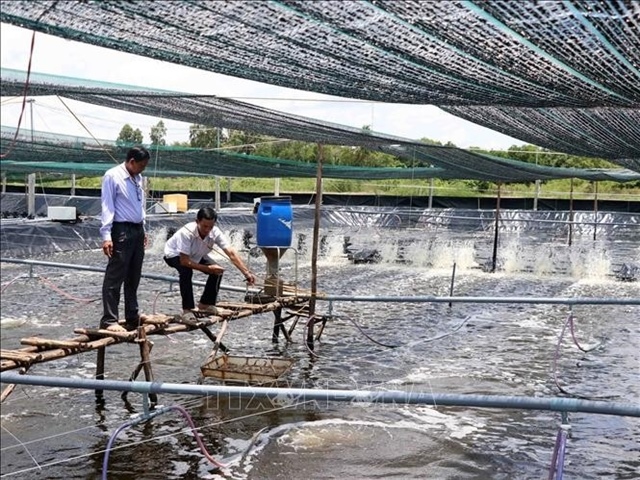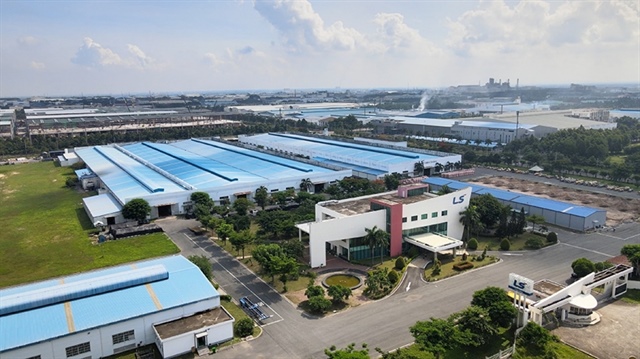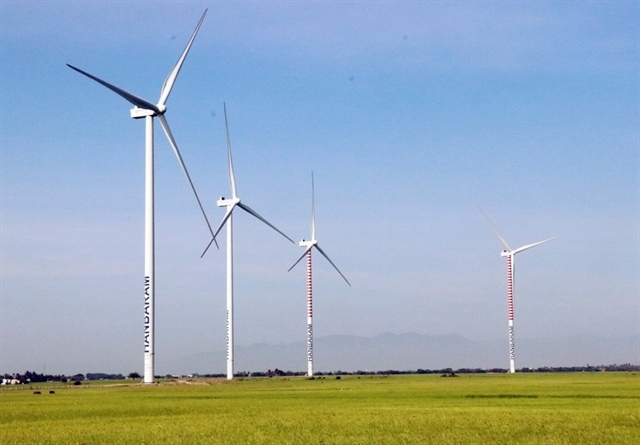Renewable energy in Vietnam not on par with regional countries, says official
Renewable energy in Vietnam not on par with regional countries, says official
Despite great potential, renewable energy sources, such as wind, solar and biomass energy, are still at lower levels in Vietnam than among its regional neighbors, said Nguyen Manh Hien, president of the Scientific Council at the Vietnam Clean Energy Association.
During a January 24 press briefing on a renewable energy exhibition, Hien said the national electricity system is quite developed, in both scale and quality, and is ranked second in Southeast Asia. The power distribution system has now reached 98% of residents throughout the country.
However, due to the enormous demand for energy to fuel the nation’s economic development, Vietnam has been transformed from an energy exporter into an importer of coal, oil and possibly liquefied gas and electricity from Laos and China. Renewable energy offers a choice for Vietnam to reduce its dependence upon primary fuels, such as imported coal and gas, in the near future.
He noted that hydroelectricity is highly developed in Vietnam, given the number of hydroelectric power stations of both small and large scales, and now leads Southeast Asia.
Currently, the total capacity of small hydropower stations in Southeast Asia is over 13,000 MW, of which Vietnam’s dams accounts for more than half, reaching 7,000 MW.
However, wind and solar power in the country, despite considerable potential, still makes up a modest proportion of the total electricity capacity, he said.
He pointed out an example of solar power, noting the lighting rate of the sun in Vietnam ranges from 2,500 to 3,000 hours per year, with a solar power intensity of up to five kilowatt per km2 on a daily basis.
This results in a favorable condition for Vietnam to develop its solar energy. However, Vietnam has only reached 11,000 MW of solar power capacity registered for construction by 2021, with some 8,000 MW approved by the Ministry of Industry and Trade.
He said using large areas of land is seen as particularly difficult in the development of solar power, since each megawatt of solar power requires some two hectares of land.
Also, due to its instability, the connection of solar power to the national electricity grid makes it difficult for the electricity industry to ensure the safe operations of the system.





















